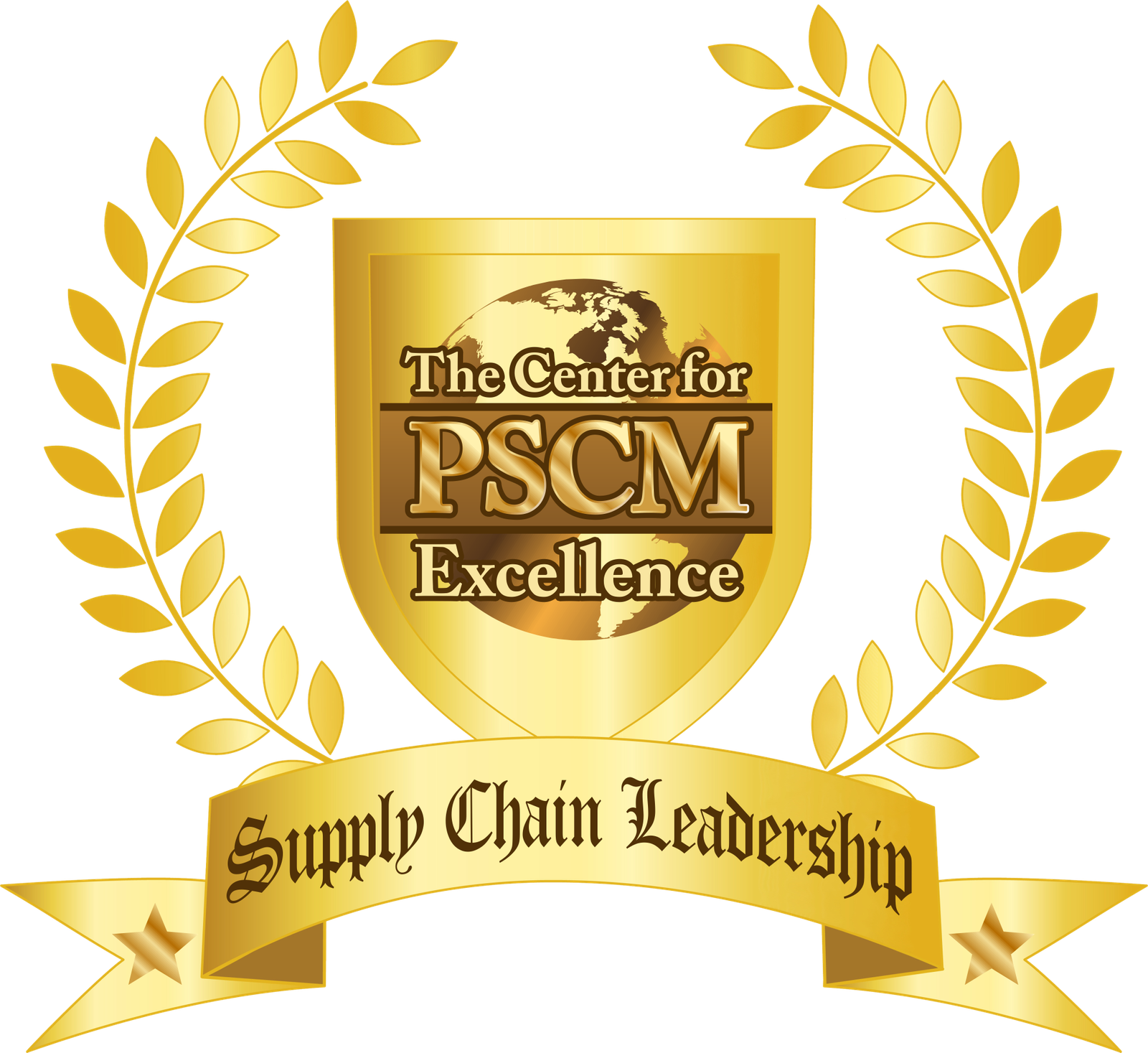
Our profession spends so much time focusing on strategies in negotiations. Tactics, counter tactics, strategies, counter-strategies.
But the most powerful negotiation concept you can employ relates to a deep understanding, recognition, and leveraging of tipping points.
Essentially, you can think of a negotiation like marriage. There’s the day before marriage and the day after the marriage. And they are two very different days.
Once you’ve put the ring on their finger, suppliers know they have you.
In fact, even if your behavior indicates you’re about to put the ring on their finger—but haven’t yet—suppliers still know they have you.
This mistake happens in sports negotiations all the time. An NFL team, for instance, will publicly announce that they’ve selected their new head coach. And THEN they proceed to negotiate the compensation package.
What happens as a consequence? ALL the leverage shifts to the coach, because the NFL has publicly locked themselves into the new coach. They have to agree to whatever terms the coach’s agent proposes, because they can’t undo the press announcement.
The ring is on the finger.
It also happens frequently in procurement. A bid is sent out, and then the buyer starts negotiating hard with one of the recipients—on price and other commercial terms first.
Then, the buyer pulls out the contract template – the proverbial “Ts and Cs”.
And what do suppliers do with these? Well, they redline them to death.
Why do suppliers feel so comfortable redlining contracts to death?
Answer: Because they can.
The contract was introduced at the wrong point in the negotiation process—after the tipping point, instead of before it.
Suppliers have a keen sense for when the ring is going to be put on the finger. They then sense that they can ask for anything they want. And they do.
In job negotiations, almost any candidate demand will be accommodated after the job offer is given – because they’ve already committed to you.
But if you try to levy those same demands before the job offer is given, they might select another less demanding but still compelling candidate.
Similarly, supplier performance requirements can be issued to suppliers in a bid process, before the ring has been put on the finger. They’ll have no choice but to comply if they want the business.
However, try to issue those same requirements during negotiations, and suppliers will say, “Well, we’ll have to charge extra for that.” Try to issue it after negotiations and they will say “That’s not what we bid on.”
In fact, the entire negotiation deal design and setup needs to happen when there’s still a full field of suppliers.
Almost without exception, every client negotiation dilemma I see stems from mismanaged tipping points.
A negotiation problem develops because a sole source scenario was allowed to manifest, or a technology over-reliance was allowed to happen, or because contracts were negotiated too late in the renewal cycle, etc.
Read this twice: It’s not about what demands you make—it’s about when you make them.
Manage tipping points, and your same negotiation strategies will yield far better results.
Now go off and do something wonderful. Be your best!
— Omid G.
“THE Godfather of Negotiation Planning” ~ Intel Corp
P.S. What do Rolls Royce, Fujitsu, IBM, Sony, Samsung, Dresser-Rand, Walmart, Target, AT&T, Merck, Siemens, Kraft, Foxconn, Goodyear, Flipkart, Fiat, HPE, Allstate, Mercedes Benz, Anheuser Busch, Colgate-Palmolive, and many others all have in common? They’ve all invested in the Certified Purchasing and Supply Chain Manager™ (CPSCM™) certification program. Contact my office at Support@PurchasingAdvantage.com to find out how to elevate the capability of your procurement organization.


